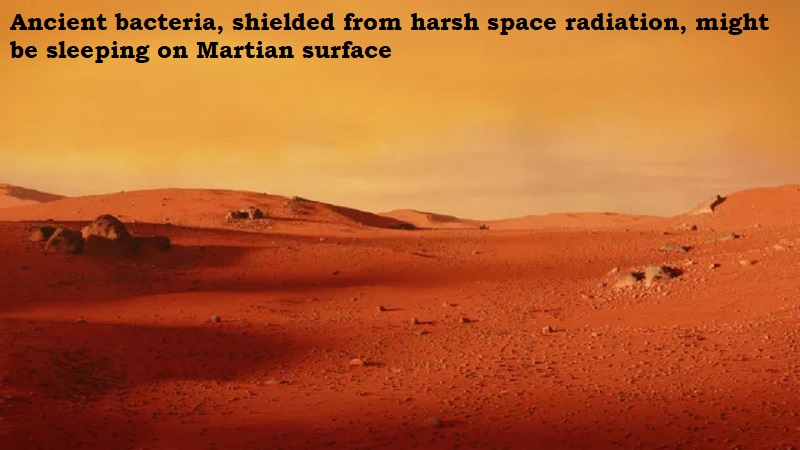
Recent studies suggest that ancient bacteria may be sleeping beneath Mars’ surface, shielded for millions of years from the harsh radiation of space.
Despite the lack of evidence for life on Mars, researchers replicated its environment to see if bacteria and fungi could endure. The scientists were astounded to discover that bacteria might likely survive for 280 million years if they were protected from sunlight and other ionising radiation that relentlessly battered the Martian surface by being buried and insulated.
The findings indicated that if life had formerly existed on Mars, traces of biological life might still reside beneath the surface of the planet, where future missions may drill into the Martian soil.
Mars used to resemble a frozen desert, but it was more hospitable for life billions of years ago when it had an atmosphere and water on its surface. The planet’s arid mid-latitudes typically experience minus 80 degree Fahrenheit temperatures (minus 62 degrees Celsius). The scant atmosphere of Mars also makes radiation a constant threat.

Post Your Comments